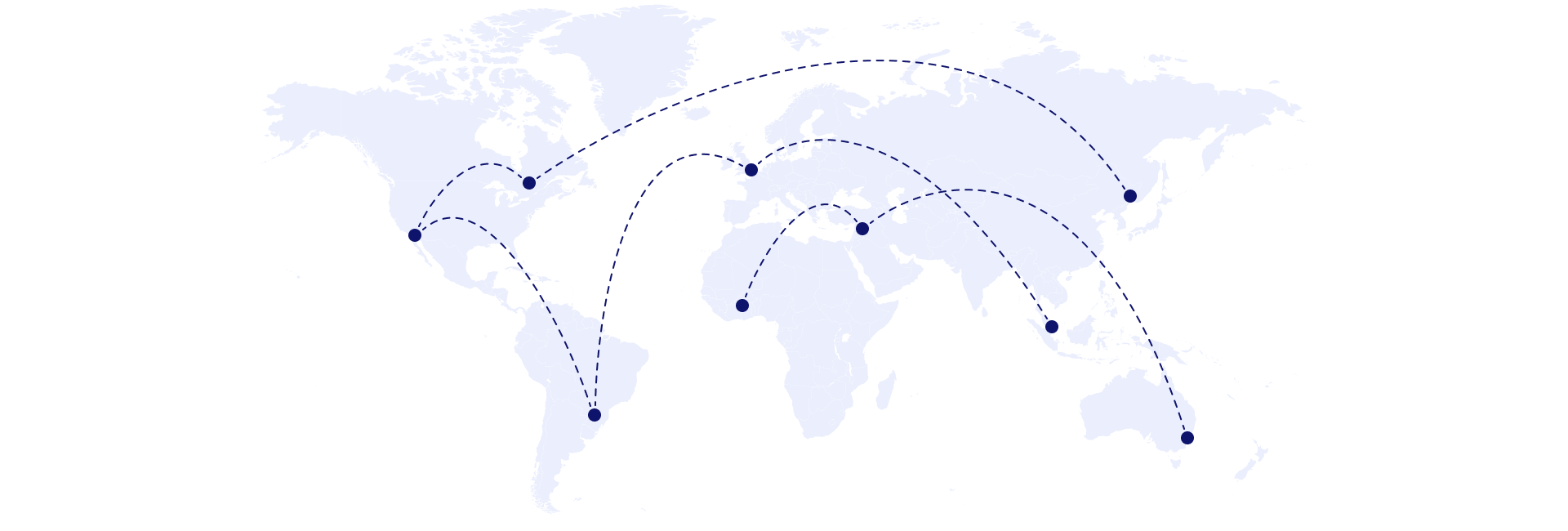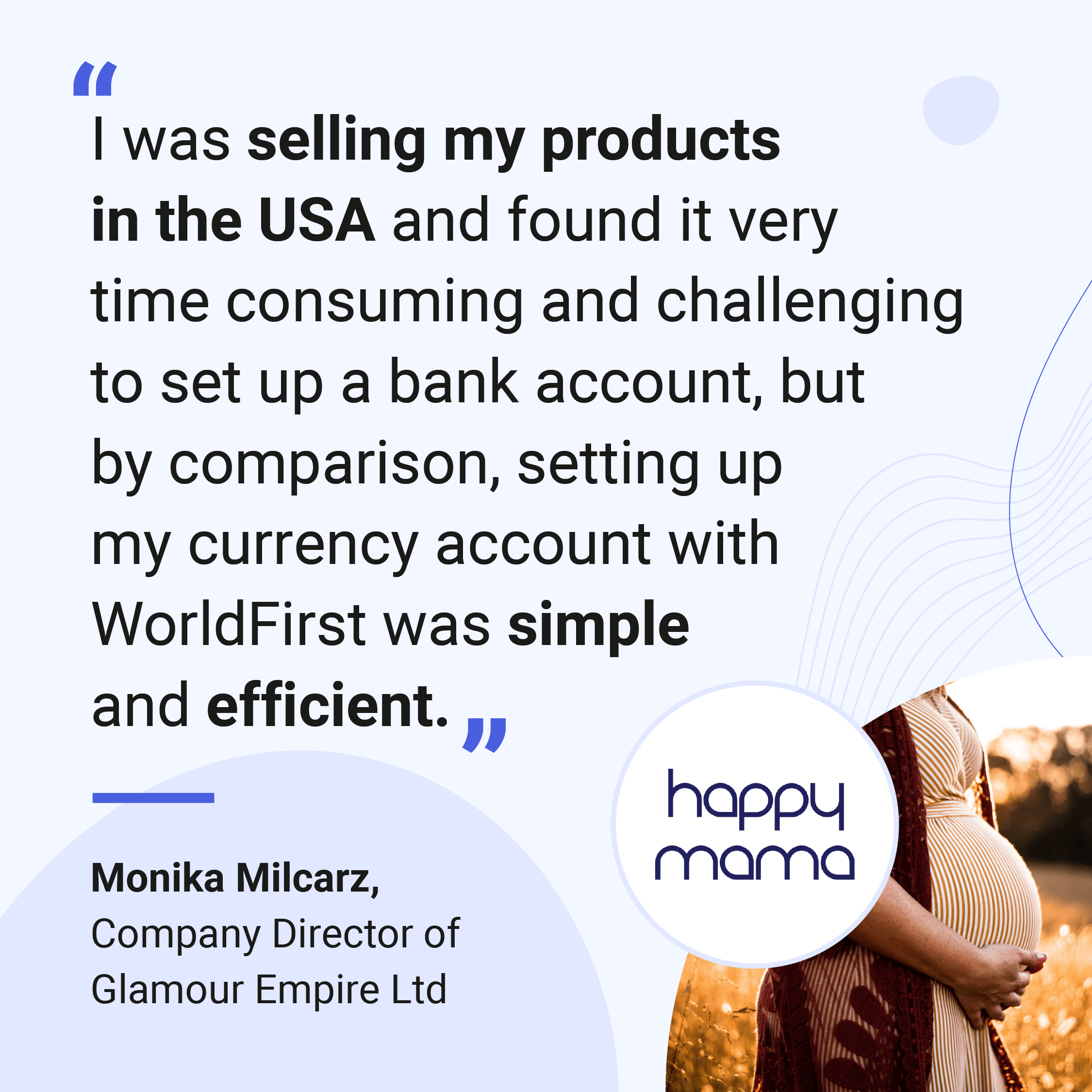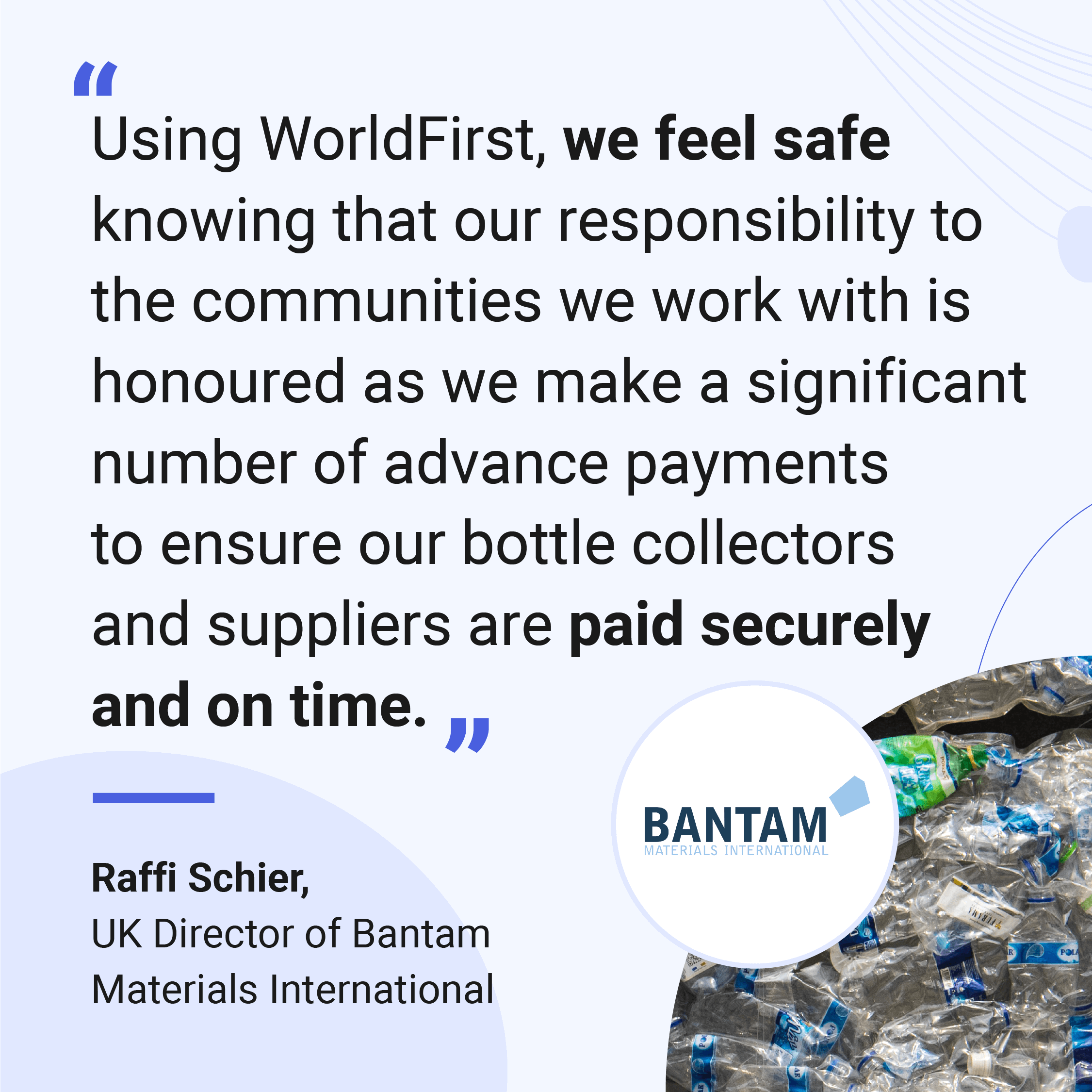
Economies all around the world were severely affected by the pandemic. When Covid-19 drove thousands of industries to a standstill and closed shops all over the world, consumers became reliant on e-commerce, rather than physical stores. They were able to continue buying luxury goods and leisure items, and also able to order essential goods and groceries from e-commerce stores.
According to a post-Covid-19 survey conducted by iResearch among Chinese consumers in July 2020, more than 67% of respondents said they increased their online shopping frequency after the coronavirus outbreak.
The pandemic has accelerated consumers behaviour and has contributed to a continuing boom in the Chinese e-commerce market. So how robust is the e-commerce opportunity in this country, and what does this mean for businesses who are looking to expand into new territories? Keep reading to find out more.
What is the Chinese e-commerce market size?
Pre-pandemic in 2019, the value of e-commerce accounted for more than one-third of China's GDP. In 2020, bricks-and-mortar store sales declined by 18.6% in China, while e-commerce grew by 27.5%.
eMarketer has since forecast that 52.1% of the country's retail sales will come from e-commerce in 2021, up from 44.8% from the previous year where the world was still in the grip of the pandemic.
At the beginning of 2022, Statista reported that 25.4% of Chinese retail sales were from e-commerce platforms in 2021, double the number of online shoppers in 2014. China remains one of the largest markets in the world, despite the fact that the percentage of online sales fell from 24.9% in 2020.
There are a number of reasons why China's e-commerce usage has increased over the past decade:
The emergence of Alibaba.com
Launched in 1999, the market-changing Chinese e-commerce platform Alibaba.com gives consumers access to almost any product imaginable at an affordable price with swift delivery.
Alibaba.com is an online hub where Chinese manufacturers connect with buyers from around the world. Marketplace sellers in the UK often purchase products in bulk on Alibaba.com and resell items for a profit via platforms like Amazon. Businesses also use Alibaba.com as a source for custom-branded white label or private label products.
Innovative digital payment systems
Years ahead of Western competitors, Chinese e-commerce platforms created accessible and easy-to-use payment methods, such as Alibaba.com's Alipay. These payment processes became quickly embedded into online checkout options (as well as in stores), contributing even further to a fast, streamlined customer experience to which Chinese consumers were becoming accustomed.
Lack of in-store experiences
At the turn of the century, in-store shopping was not centred around the “experience” that consumers have come to expect now.
As recently as 10 years ago, the shopping culture in China may have been seen as inconvenient and potentially confrontational, motivating customers to turn digital and lean on the reliability of e-commerce experiences. Online returns and refunds were effortless, and there was little need to go to a store in person when it could all be done from the comfort of your home.
Low-cost services
As the first two decades of the 21st century progressed, Chinese e-commerce companies took greater advantage of available low-cost delivery services across the country. Businesses started to provide same-day delivery services, too, which became very attractive to buyers all over China.
The proliferation of smartphones
E-commerce in China has included mobile accessibility (m-commerce) from the beginning. As China's economic development advanced, many consumers joined the digital age via a smartphone or mobile device instead of a PC. Mobile technologies were affordable and widely available in China before they became commonplace in much of the rest of the world; as a result, e-commerce companies had to adapt.
Nowadays, these factors are no longer as much of a catalyst for e-commerce. Cheap delivery services are less common, and physical stores have become more open-minded about shipping products. Bricks-and-mortar stores have also embraced a customer-centric approach — in fact, many luxury brands in China now pride themselves on their in-store experiences.
Livestream e-commerce
The phenomenon of livestream shopping was fuelled by the pandemic, as physical stores had to close down temporarily and consumers were stuck at home. Live streaming e-commerce uses social media and digital platforms to showcase products — much like a shopping channel — often with celebrity endorsements and influencer backing. Many customers in China use livestream shopping to find out about new products or emerging brands, making product launches via livestream big business in China.
Now that the pandemic is over, live streaming is still an integral and growing part of e-commerce. In 2021, livestream e-commerce generated $312.5 in China.
Taobao is a Chinese e-commerce stalwart with millions of daily users and viewers of their livestream shopping content. The site is one of the most popular online destinations for consumers who want to buy cheap clothes online. Because of its sheer size and market clout, Taobao’s pricing creates an industry benchmark in China. On Taobao Live, (its native live streaming platform) the most popular product categories begin with women's fashion, followed by cosmetics, food, home goods, jewellery and accessories.
Is the Taobao trend reflected in the e-commerce market as a whole? We’ll answer that question next.
Open a World Account for free
- Open up to 15 local currency accounts, with local sort codes, account numbers and IBANs
- Collect secure payments from 130+ marketplaces, overseas buyers and payment processing gateways
- Pay suppliers, partners and staff in 40 currencies without hidden fees
- Pay and get paid easily with local bank details on your invoices
- Lock in conversion rates to manage your currency risk
What are the biggest areas of Chinese e-commerce?
According to research, the most prominent categories within Chinese e-commerce are as follows:
- Fashion leads the race, holding 25% of the market share.
- Electronics and media products (like computer games) come next, with 19% of the market share. These items hold the biggest gross product value.
- Cosmetics and personal care is the next biggest category, with 19% of the “pie”.
- Furniture and accessories have 12% of the market share.
Let's dive into some popular categories to find out a little more about their popularity.
Fashion
Clothes hold a large share of China's e-commerce market, partly due to their competitive pricing.
However, luxury clothing also has its place. China's annual revenue of luxury fashion reached $74.24 billion in 2021. The top five luxury fashion brands in China are Chanel, Hermès, Gucci, Dior, and Louis Vuitton. These companies have the most success and highest brand awareness in mainland China and Hong Kong. The shopping culture can often be competitive and “brand-based”, so luxury goods from reputable designers will likely remain popular for the long term.
Consumers shopping for branded items online in China visit another of Alibaba Group’s websites: Tmall. Tmall is a virtual B2C outlet, and its vendors have to be brand owners. Big names on the Luxury Pavilion section of Tmall include Chinese brands like Shanghai Tang, Bosideng and Xander Zhou. Luxury western brands on the marketplace include Louis Vuitton, Calvin Klein, Adidas and Nike.
Cosmetics
China is the most populous country in the world and is known for its beauty standards, so perhaps it's no surprise that the international cosmetics industry clamours to expand into this territory. Furthermore, the rising use of e-commerce platforms has allowed local cosmetics companies to reach a broad audience of consumers for competitive prices, meaning there is room for various brands in this sector.
The high-end cosmetics industry, in particular, is one of the fastest-growing beauty categories in China. In fact, it is the second largest global beauty market (only pipped at the post by the USA), making the country a major destination for reputable western cosmetics brands.
Furniture
After decades of development in this industry, China has become the biggest furniture maker and exporter globally.
The growth of VR and AR has contributed significantly to the popularity of buying furniture and home items online. Shoppers can now use the technology to see the article 'in the room' to make sure it will fit, or match their existing decor. Platforms such as Ethnicraft have allowed both small and large businesses to enter the Chinese home goods market to compete alongside Alibaba and JD.com.
Trends also play a large part in the growth of this area. For example, wooden furniture accounts for a significant proportion of the manufacturing industry in China, and traditionally, Chinese customers tend to choose solid wood as a furniture material.
As a result the operating revenue of wooden furniture manufacture in China reached £785.26 billion in 2021.
What can businesses do to break into the Chinese e-commerce market?
To stand out in this industry, you will have to be creative, produce unique products, stay on top of trending products, and be competitive in price and quality. By doing these things, you'll be able to build brand awareness as a new “face” in the Chinese market. Here are a few areas you should research when trying to expand your company's global footprint.
Choose the right platforms to sell your products
It can be challenging to penetrate the Chinese market without being on a reputable domestic e-commerce platform, so do your research to find out the best marketplace for your business and products.
Some Chinese platforms have strict rules and conditions for sellers. For example, platforms want to make sure that your product is lucrative in order to gain commission, so you may be required to have a turnover of millions of dollars to be allowed access. Others require a physical company presence in China.
These aren’t hard-and-fast rules, though — and guidelines vary between platforms. Some marketplaces allow international brands access in exchange for up-front fees or a monthly percentage of sellers’ earnings.
Market to your audience effectively
As we explained earlier, luxury brands have a tight hold on the Chinese e-commerce world. However, it's not impossible for newer businesses to step into this market. The key to seducing and attracting Chinese consumers to a luxury product is to have a unique and engaging design, be on-trend, and share the company's history or story.
It is also worth mentioning that the market still has many opportunities for smaller brands, especially in terms of second-hand fashion. Chinese Gen Z and Millennials are more sensitive to the impact of the fashion industry on the planet, especially when it comes to animal welfare and fast fashion, and will be more receptive to eco-responsible methods of shopping.
Vintage or pre-loved brands can make their mark in this vast market by tailoring their advertising to a younger crowd, highlighting their products’ eco-benefits, and by using compelling imagery to show the “trend” and looks that can be achieved with vintage items.
Use a leading currency partner like WorldFirst
Selling products online in China represents a huge growth opportunity for UK-based marketplace sellers and brand owners. Helpfully, currency transfer provider WorldFirst offers innovative solutions to help businesses create international connections and do business on Chinese e-commerce platforms. Find out more about how WorldFirst can help you make payments to China, as well as collect payments from China using local bank details.

Businesses like yours trust WorldFirst
- Almost 1,000,000 businesses have sent $150B around the world with WorldFirst and its partner brands since 2004
- Your money is safeguarded with leading financial institutions

What our customers say about our services




